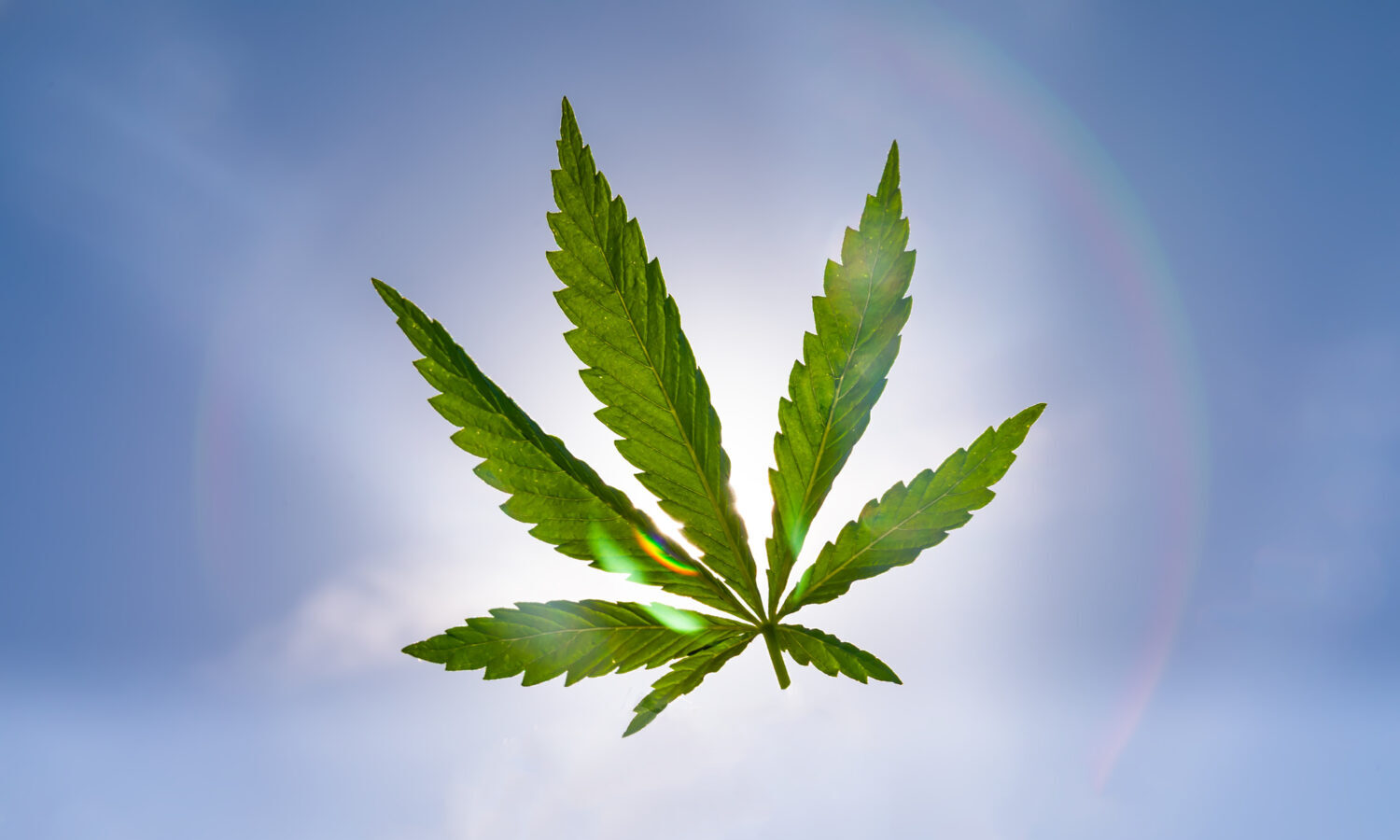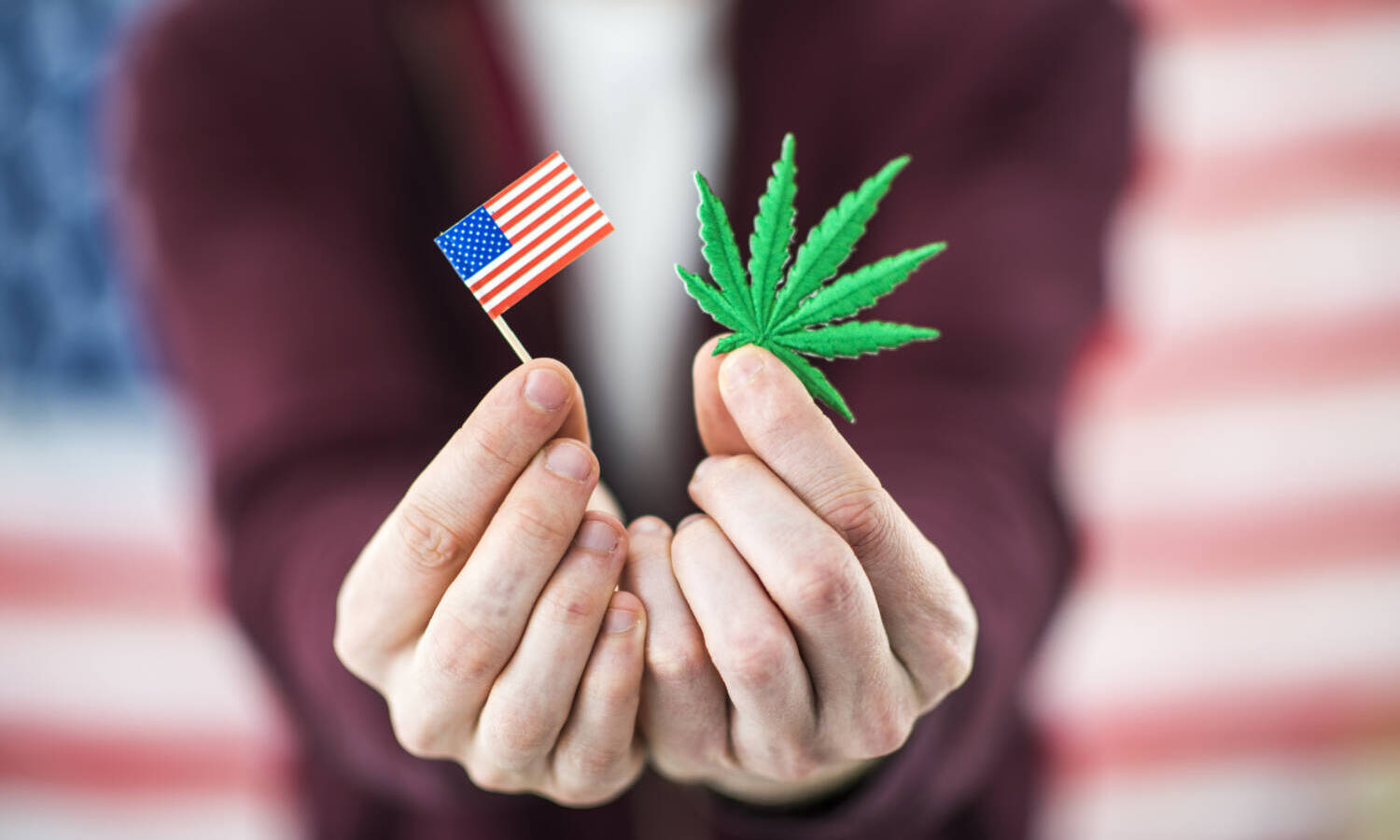
How would the Cannabis Administration and Opportunity Act work?
A few weeks ago, Senate Majority Leader Chuck Schumer (D-NY), Senate Finance Committee Chair Ron Wyden (D-OR) and Senator Cory Booker (D-NJ) introduced the Cannabis Administration and Opportunity Act (CAOA) before.
The nearly 300-page bill is comprehensive and unlikely to pass before the midterm election (if at all, thanks to the filibuster). However, it does offer a real glimpse into what we can potentially expect if federal cannabis legalization actually happens. Today I’m going to cover some interesting parts of the CAOA.
Legalization of cannabis
The CAOA would remove marijuana from the Controlled Substances Act (CSA). Individuals over the age of 21 could legally use marijuana in legalized states. States could still ban marijuana within their borders, but they could not ban the interstate shipment of marijuana. The unauthorized cultivation, manufacture, shipment, transportation, reception, possession, sale, distribution or purchase of ten pounds or more of marijuana remains illegal.
US Senate Majority Leader Charles Schumer (D-NY) (C), along with Sen. Cory Booker (D-NJ) (L) and Sen. Ron Wyden (D-OR) / Photo by Kevin Dietsch/Getty Images
The CAOA would also amend the 2018 Farm Bill by defining hemp as cannabis with less than 0.7% THC on a dry weight basis. That would more than double the current THC threshold of 0.3% for hemp.
regulatory oversight
If passed, the CAOA would mandate multiple federal agencies to participate in the federal regulation of marijuana. The Food and Drug Administration (FDA), the Bureau of Alcohol, Tobacco, Firearms and Explosives (ATF) and the Alcohol and Tobacco Tax and Trade Bureau (TTB) would each be involved. The FDA would regulate the manufacture, distribution and labeling of “cannabis products” and register cannabis product manufacturers.
RELATED: Can the Biden administration postpone cannabis?
The FDA could also initiate a recall of cannabis products. TTB, which would be renamed “cannabis,” would enter into a memorandum of understanding with the FDA to work on interagency regulation of cannabis. The CAOA would ban flavored electronic delivery systems for cannabis products (e.g. vape pens).
Social justice
The CAOA would grant broader access to banking by prohibiting banks from refusing customers based on a “prior conviction for a nonviolent cannabis crime.” Additionally, those convicted of low-level marijuana offenses could have their convictions overturned, and those currently serving a sentence for marijuana offenses could petition the courts for relief.
RELATED: Federal court rules hemp-derived delta-8-THC is legal
The proposed bill would also provide funding for the Community Development Financial Institutions Funds “to provide grants to expand lending and investment in low- and middle-income areas, including those hardest hit by the war on drugs.” The bill would also establish an Equitable Licensing Grant Program to give states, municipalities or tribes the ability to encourage minority and low-income people to enter the cannabis industry. Through the Small Business Administration, CAOA would set up a loan program designed to help start-ups and small businesses owned by those affected by the War on Drugs.
 Photo by FatCamera/Getty Images
Photo by FatCamera/Getty Images
bottom line
Is the CAOA a perfect model for legalization? Probably not as I’m not sure if there is a way to legalize cannabis that will please everyone. However, it is comprehensive and would completely change the cannabis industry. We will continue to report on national cannabis laws and policies on the Green Light Law Blog. If you’re looking for more on the CAOA, check out Kyle Jaeger’s comprehensive summary of Marijuana Moment.
Daniel Shortt is a Seattle, Washington-based corporate and regulatory attorney who works extensively with entrepreneurs in the cannabis industry. You can reach him at info@gl-lg.com or (206) 430-1336. This article originally appeared on the Green Light Law Group and has been republished with permission.

Post a comment: